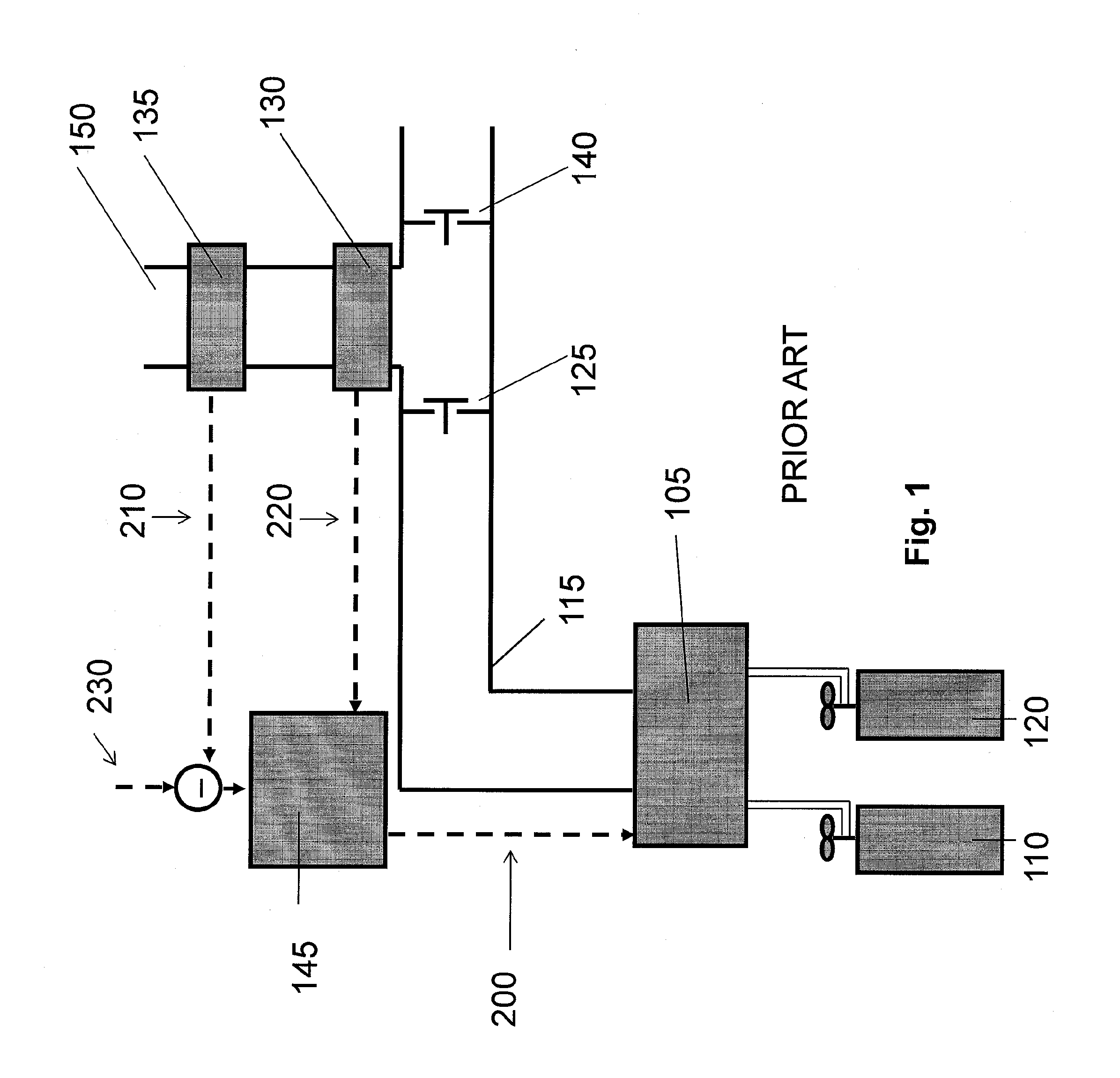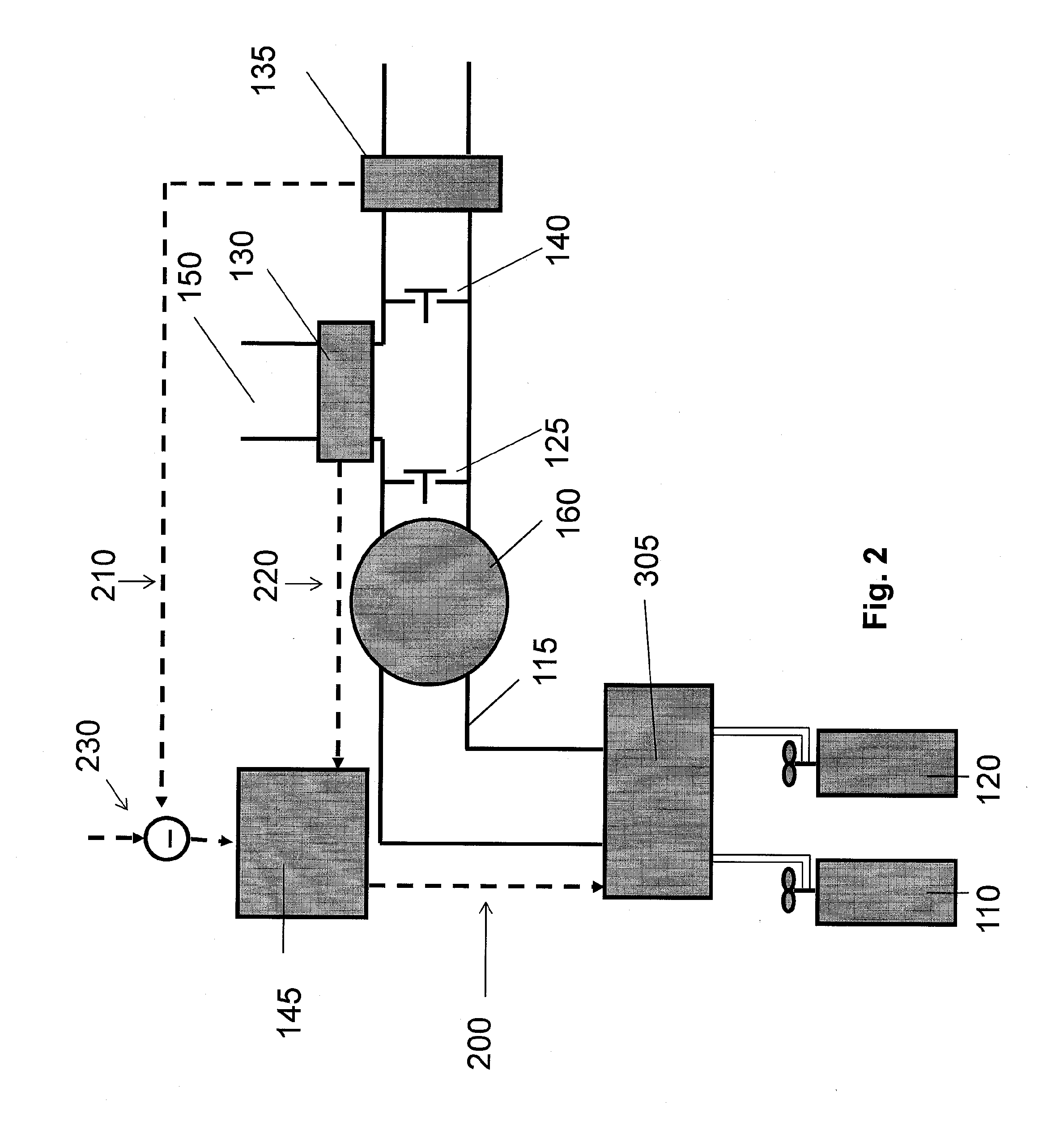Controlling arterial blood gas concentration
a technology of arterial blood gas concentration and control valve, which is applied in the field of controlling arterial blood gas concentration, can solve the problems of inability to rapidly and accurately achieve the target arterial carbon dioxide partial pressure, the ventilatory response to perturbations in the end-tidal partial pressure of gases is generally unpredictable and potentially unstable, and the effect of reducing variability
- Summary
- Abstract
- Description
- Claims
- Application Information
AI Technical Summary
Benefits of technology
Problems solved by technology
Method used
Image
Examples
example 1
[0647]An apparatus according to the invention was used to target end tidal gas concentrations of CO2 and O2 in 35 subjects. We targeted the following sequence (values attained in brackets): normocapnia (60 seconds a PetCO2=40 mm Hg, SD=1 mm; PetO2=100 mm Hg, SD=2 mm), Hypercapnia (60 seconds at PetCO2=50 mm Hg, SD=1 mm; PetO2=100 mm Hg, SD=2 mm), normocapnia (100 seconds), hypercapnia (180 seconds), and normocapnia (110 seconds). FIG. 25, comprise a partial raw data set for 6 subjects.
PUM
 Login to View More
Login to View More Abstract
Description
Claims
Application Information
 Login to View More
Login to View More - R&D
- Intellectual Property
- Life Sciences
- Materials
- Tech Scout
- Unparalleled Data Quality
- Higher Quality Content
- 60% Fewer Hallucinations
Browse by: Latest US Patents, China's latest patents, Technical Efficacy Thesaurus, Application Domain, Technology Topic, Popular Technical Reports.
© 2025 PatSnap. All rights reserved.Legal|Privacy policy|Modern Slavery Act Transparency Statement|Sitemap|About US| Contact US: help@patsnap.com



